Gelato lovers, get ready for Sicilian-Style Chocolate and Stracciatella! After cooking classes in Italy and lots of trial and error, these recipes became my go-to.

Last year in Italy, I took several cooking classes in different cities. One class focused on making Sicilian-style gelato. Today, almost a year later, I’m sharing all the tips and tricks I learned, along with a slightly adapted recipe from that class.
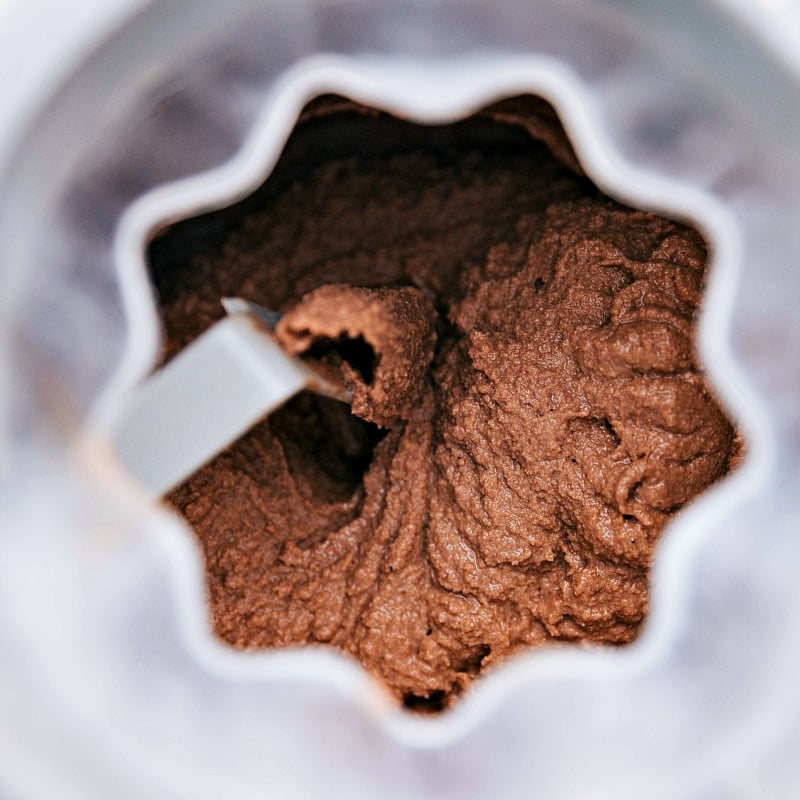
First things first, let’s cover some commonly asked questions.
The difference between gelato and ice cream
While the two are similar, there are also two big differences between gelato and American ice cream.
Gelato has less butterfat — it’s generally made with whole milk instead of cream and it is churned slower which pumps in less air. Luckily, most home ice cream makers do a good job with the slow churning, making them perfect for homemade gelato!
Another big difference: It’s served 10-15 degrees warmer than ice cream.
Sicilian-style gelato is even more different from ice cream because it uses cornstarch instead of egg yolks to thicken the mixture. It also rarely contains cream. The base is typically milk, sugar, and cornstarch. The result? A lighter and more intensely flavored dessert.
In the classes we went to, all the recipes we made included a little cream. The recipe I’m sharing today also includes a little cream, but it’s primarily made with whole milk.
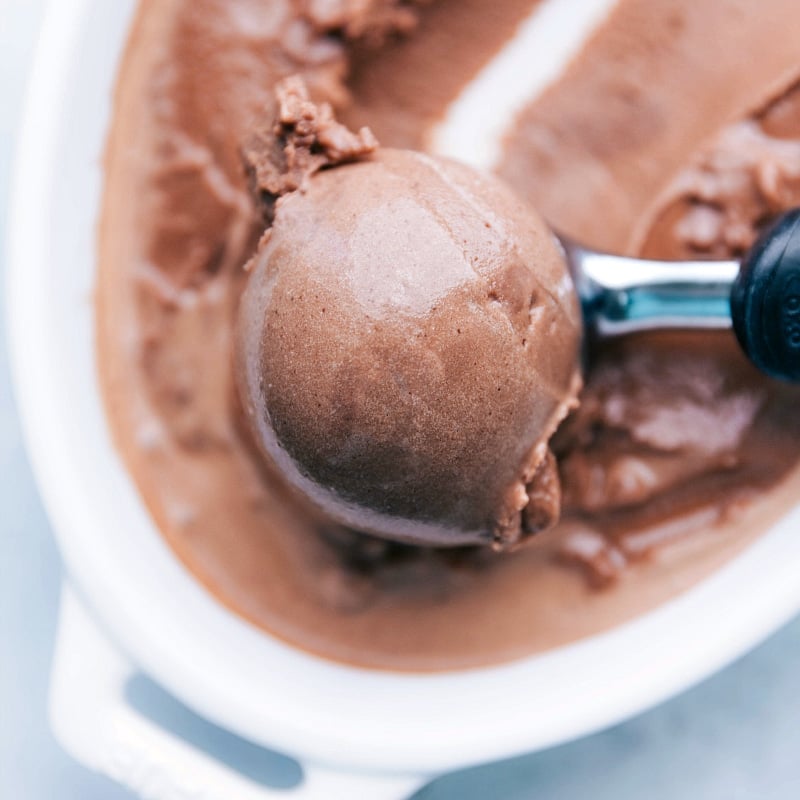
Quick Gelato FAQs
What is the difference between gelato and gelati?
In Italian, gelati is plural.
Which is healthier: gelato or ice cream?
Gelato typically has fewer calories, less sugar, and a lower fat content per serving than ice cream. You can read about more of the differences in nutritional content here.
How To Make This Recipe
For this recipe, you’ll need an ice cream maker. Here’s the one I use and love. Additionally, I highly recommend a candy thermometer to ensure the mixture reaches the right temperature. While simple to make, it does require some patience and takes a good amount of time to fully cool before adding it to the ice cream maker.
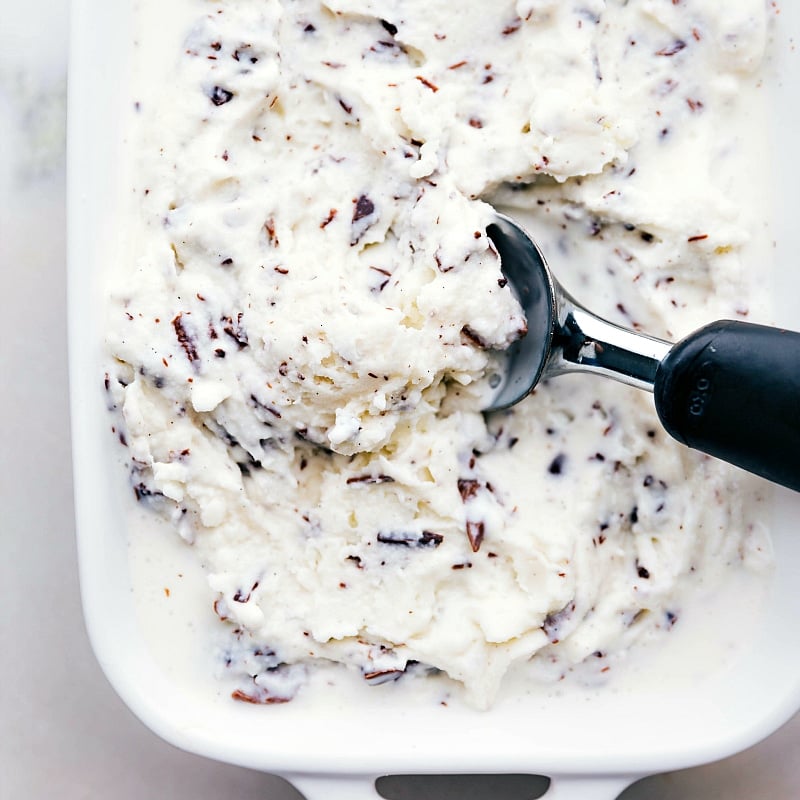
No Ice Cream Maker?
Cool the mixture completely, and pour it into a sturdy, freezer-safe pan like a bread pan. Freeze it for 30 minutes.
Whisk the mixture every 30-45 minutes, using a hand mixer or whisk, to churn it as it freezes. Continue until it reaches a frozen yogurt-like texture.
Once it’s at the right texture, leave it in the freezer until it’s ready to eat. This process takes about 4 hours and around six churns.
I’ve included two recipes inspired by the Italian version, along with instructions for both flavors. You’ll also find a full video tutorial for the chocolate version. Enjoy!

More Frozen Desserts:
- Grasshopper Ice Cream Pie
- Spumoni Ice Cream Bars
- Brownie Oreo Ice Cream Bars reader favorite!
- Ice Cream Sandwich Cake
- Ice Cream Pie

Gelato
Equipment
- Ice cream maker or gelato maker
Ingredients
- 4 cups whole milk I would not recommend a lower-fat milk or dairy-less alternatives
- 1/2 cup heavy cream
- 3 ounces chopped high-quality semi-sweet chocolate I do not recommend milk chocolate in this recipe
- 2 tablespoons Dutch process cocoa powder Hershey’s sells this
- 3 tablespoons cornstarch
- 1/16 teaspoon salt to balance/intensify flavors; less than 1/8 teaspoon
- 1 cup granulated sugar
- 1 teaspoon vanilla extract
- 4 cups whole milk
- 3/4 cup + 2 tablespoons heavy cream
- 3 tablespoons cornstarch
- 1/16 teaspoon salt to balance/intensify flavors; less than 1/8 teaspoon
- 1 cup granulated sugar
- 1-1/2 teaspoons vanilla bean paste or 1/2 of 1 (3-inch) vanilla bean or 2 teaspoons vanilla extract, reduce if sensitive to vanilla
- 3-1/2 ounces chocolate bittersweet, dark, semi-sweet, or milk—whatever you prefer; in Italy we used dark, divided
- 1 teaspoon coconut oil
Instructions
Chocolate Gelato
- In a large pot, bring the milk and cream to a low simmer (mixture above 140°F, but below 175°F).
- Chop the chocolate bar and add to the cream mixture, stirring constantly and using a rubber spatula to scrape the bottom, making sure the chocolate doesn’t settle and burn on the bottom.
- In a large bowl, add together cocoa powder, cornstarch, salt, and granulated sugar. Whisk until ingredients are well combined.
- Using a ladle, start adding the hot milk/cream mixture with the sugar mixture. Whisk constantly to combine, and once combined, add everything back into the pot.
- Warm through, stirring constantly until thickened. A candy thermometer should reach 170°F.
- Once the mixture has reached the temperature and thickened, remove from heat. Set out at room temperature until the mixture cools to room temperature. Stir in the vanilla extract. Cover with plastic wrap, touching the top of the mixture (keeps ingredients from separating). Place the covered bowl in the fridge until it becomes cold, at least 2–3 hours. (Best case: 6 hours)
- Once the mixture is thoroughly chilled, add to an ice cream or gelato maker and follow appliance directions to create gelato. Serve immediately.
- Spoon leftover gelato into an airtight container and place in the freezer. Best eaten within 2–3 days. (I like it fresh out of the machine, otherwise it tends to get icy/too hard in the freezer and consistency and flavor does change the longer it’s in the freezer).
Stracciatella Gelato
- In a large pot, bring the milk and cream to a low simmer (mixture above 140°F, but below 175°F).
- In a large bowl, combine the cornstarch, salt, and granulated sugar. Whisk until ingredients are well combined.
- Using a ladle, start adding the hot milk/cream mixture with the sugar mixture. Whisk constantly to combine, and once combined, add everything back into the pot.
- Warm through, stirring constantly until thickened. A candy thermometer should reach 170°F.
- Once the mixture has reached the temperature and thickened, remove from heat. Set out at room temperature until the mixture cools to room temperature. Stir in the vanilla paste, seeds from bean, or vanilla extract. Cover with plastic wrap, touching the top of the mixture (keeps ingredients from separating). Place covered bowl in the fridge until it becomes cold, at least 2–3 hours. (Best case: 6 hours)
- Once the mixture is thoroughly chilled, add to an ice cream or gelato maker and follow appliance directions to create gelato.
- When the gelato is near finished, combine 2 ounces of chocolate (finely chopped) and coconut oil in a small, microwave-safe bowl. Microwave in bursts of 15 seconds, stirring between each burst for 15 seconds until smooth and melted. Transfer melted chocolate to a plastic bag, seal, and snip off the tip with scissors. Pipe the melted chocolate into the churning gelato to create chocolate ribbons. Finely chop the remaining 1.5 ounces of chocolate to get small chunks. Stir in while the gelato is still churning. Serve immediately.
- Spoon leftover gelato into an airtight container and place in the freezer. Best eaten within 2–3 days. (I like it fresh out of the machine; otherwise it tends to get icy/too hard in the freezer and consistency and flavor does change the longer it’s in the freezer).
Video
Recipe Notes
Nutrition
Nutrition information is automatically calculated, so should only be used as an approximation.
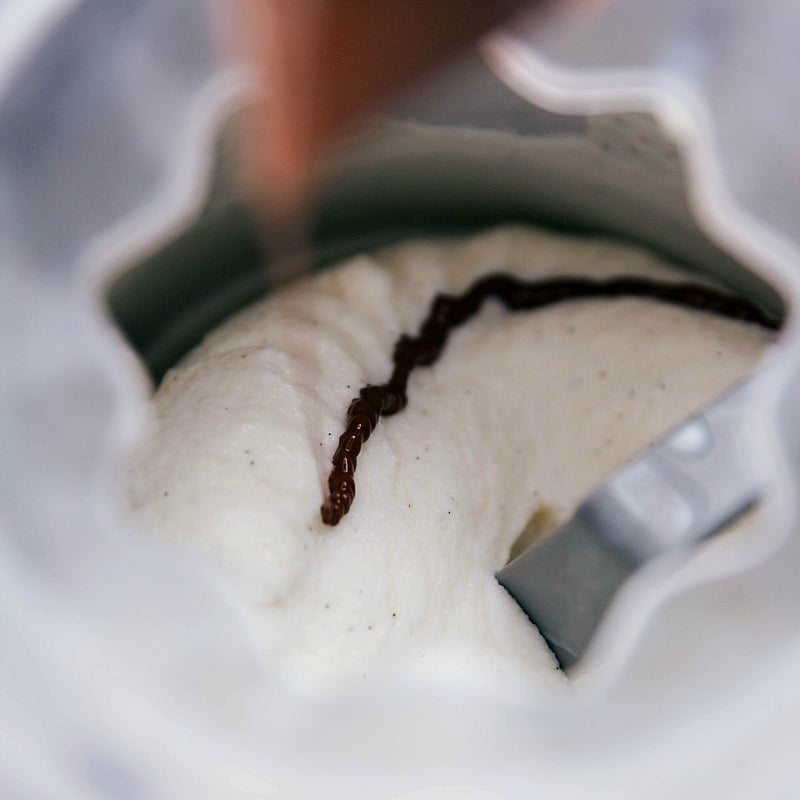


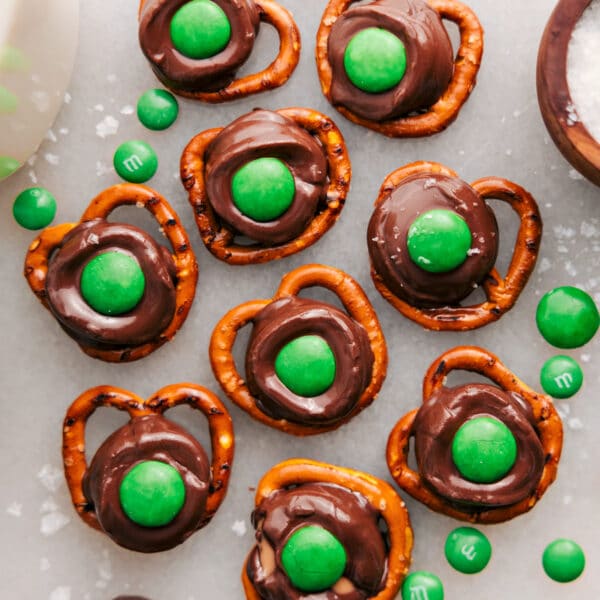
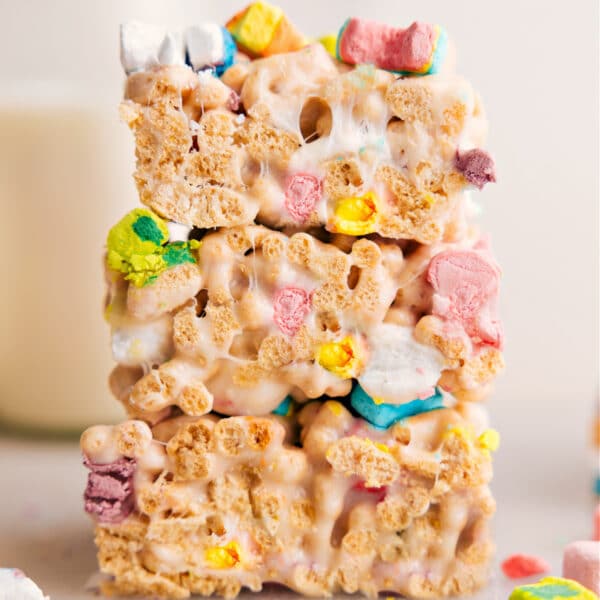
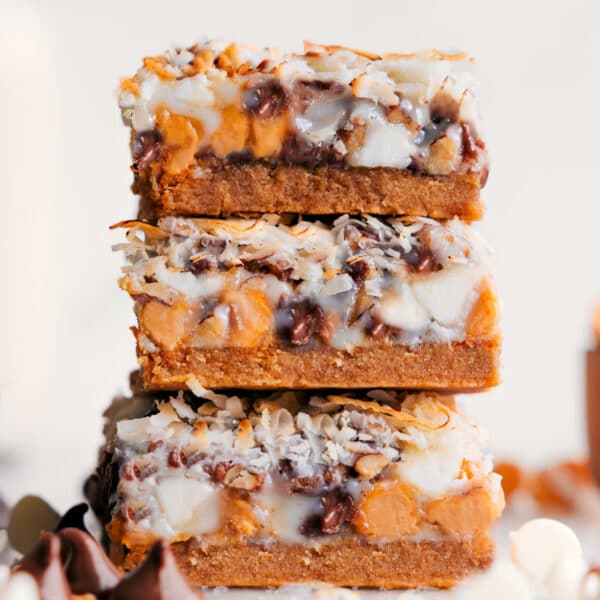
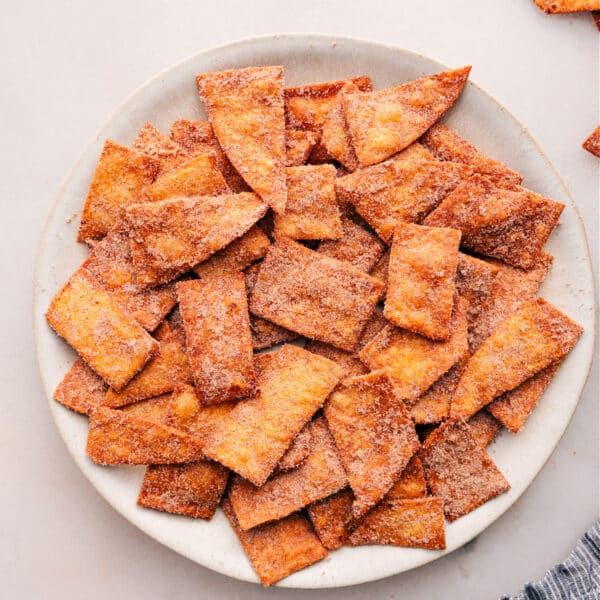









OMG this looks so good! I had no idea you could make your own gelato ? ! Definitely going to try this out?.
Thanks Amy! 🙂
So a cool and refreshing delicious treat.
It really is! Thanks! 🙂
this gelato was so easy and delicious – yum!
I have never heard of Sicilian style gelato. Now I have got to try it because is sounds amazing! I am pinning to try soon.
Yay!! You’ll love it! Thanks! 🙂
I love gelato so much and these recipes remind me of the gelato I ate every day while in Florence!
Ahhh me too!! It’s the absolute best!! Thanks! 🙂
Thanks for sharing! Could you advise how to replace the chocolate for a fruit (mango etc) gelato?
Honestly, I had no idea you could make gelato at home. Definitely trying this over ice cream this summer, I’m super excited!
Loved getting to try gelato all over Italy and this is the perfect homemade version!
Thanks Erin! 🙂